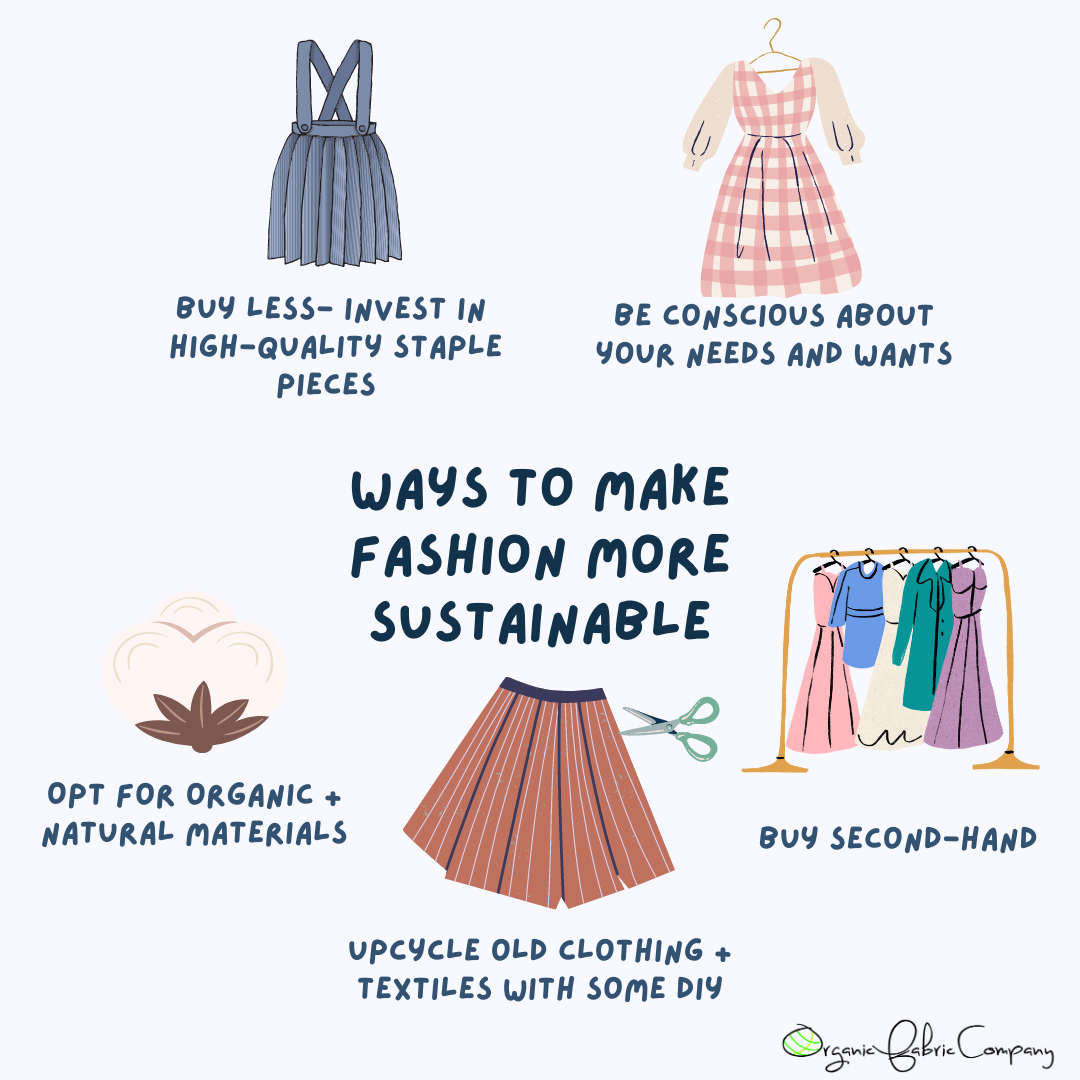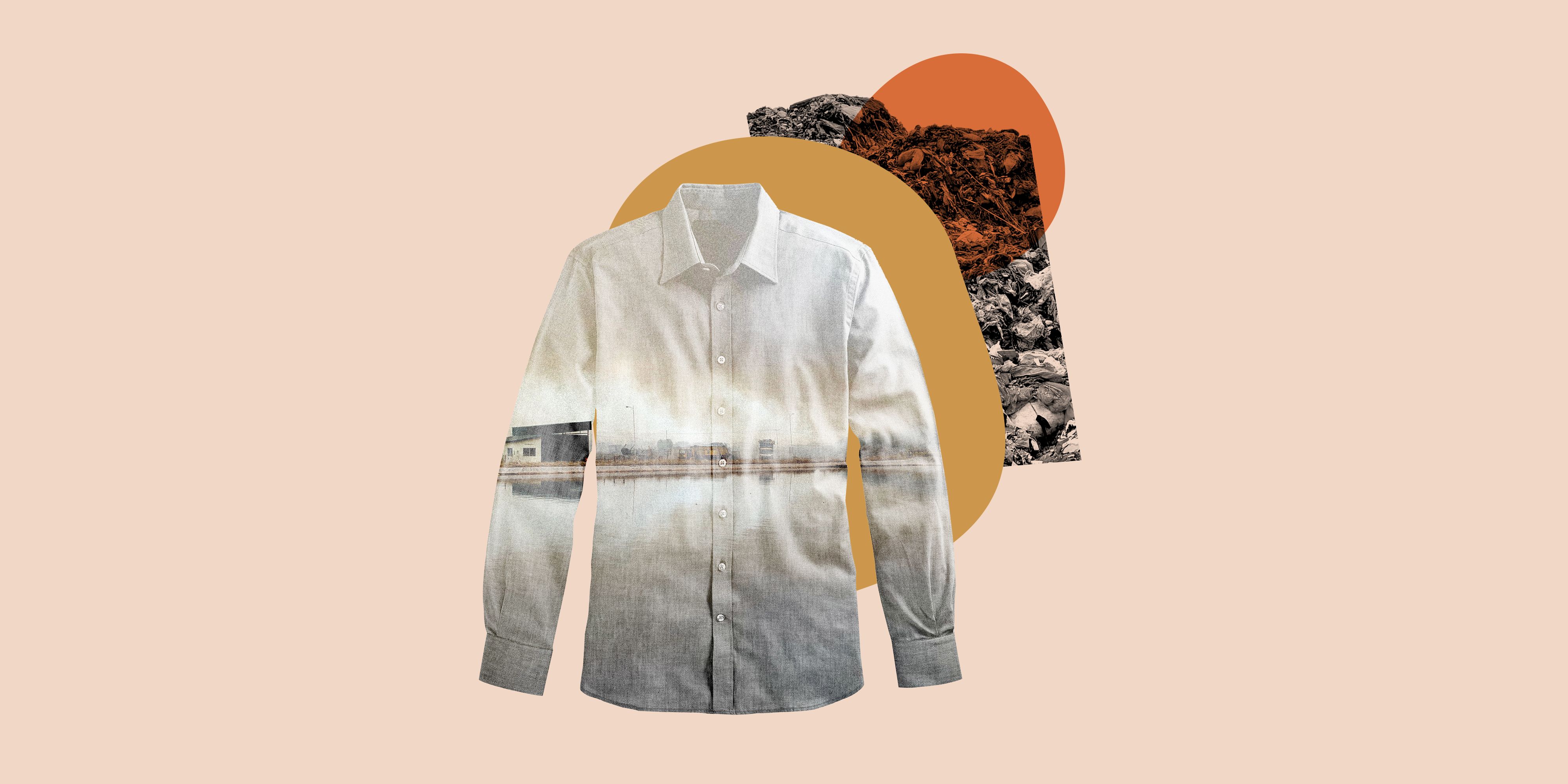The Potential of Cape Town Sustainable Fashion in the Global Market
The Potential of Cape Town Sustainable Fashion in the Global Market
Blog Article
Remain Ahead of the Curve by Exploring Innovative Fashion Trends
In a market as dynamic as style, staying in advance involves even more than just complying with current trends-- it requires an exploration of technology. The convergence of modern technology and fashion proclaims a new period of consumer interaction.

Welcoming Smart Textiles
Recently, the garment industry has experienced a transformative change with the assimilation of smart textiles, an innovative advancement that mixes modern technology with textile. This evolution represents not only a fusion of aesthetic appeals and performance however likewise a substantial jump in the direction of sustainability and customization in style. Smart fabrics, additionally called e-textiles, installed sophisticated electronic devices such as sensing units and conductive threads within the material, allowing garments to communicate with the wearer or the environment.
These fabrics are made to check physical specifications, such as heart rate or body temperature, providing real-time health analytics. Past wellness applications, wise textiles are also being made use of for flexible apparel, which can alter color or pattern in response to ecological stimulations, therefore providing a dynamic style experience.
Additionally, the advancement of energy-harvesting textiles that create power from activity or sunlight is leading the means for self-sufficient wearable innovation. This advancement is appealing to eco mindful consumers and developers intending to minimize the ecological impact of style. As r & d in this field advance, clever fabrics are expected to end up being progressively common, reshaping the landscape of modern-day style with their multifunctional capabilities.
The Surge of 3D Printing
Transforming the production landscape, 3D printing has arised as a game-changer in the style sector. This advanced innovation has enabled designers to press the limits of creative thinking, producing detailed and personalized garments that were previously unbelievable. By leveraging digital design and additive manufacturing, 3D printing facilitates the development of intricate geometries and patterns, allowing designers to experiment with new structures and frameworks.
A noteworthy advantage of 3D printing in vogue is its capacity to produce on-demand, reducing waste and decreasing supply demands. This effectiveness not only enhances production processes however additionally permits quick prototyping, enabling designers to bring their visions to life in a shorter timeframe. Additionally, 3D printing supports personalization somewhat unmatched by typical approaches, offering special layouts and individualized fits tailored to individual customer preferences.
The surge of 3D printing has actually likewise equalized fashion, making it easily accessible to emerging developers who can currently make top notch items without considerable financial investment in typical manufacturing facilities. As modern technology proceeds to development, the garment industry is positioned to harness the full possibility of 3D printing, discovering new materials and methods that will certainly redefine just how style is developed and generated.
Lasting Style Developments
As the garment industry comes to grips with journalism requirement for ecological responsibility, sustainable style innovations have actually arised at the center of transformative change. The expanding recognition of eco-friendly effect has actually fueled a shift in the direction of more eco-conscious methods and materials. Designers and brands are now focusing on sustainability, including approaches that lessen waste and reduce carbon impacts.
One significant advancement is the increase of round style, which stresses recycling and upcycling to prolong the lifecycle of garments. This method not just decreases waste but also motivates consumers to take on an extra mindful strategy to clothes intake. In addition, using sustainable materials, such as natural cotton, hemp, and recycled polyester, has obtained grip. These materials require much less water and energy throughout manufacturing, significantly reducing ecological influence.
An additional breakthrough exists in the adoption of innovative dyeing methods that use all-natural dyes or waterless processes, therefore lowering the vast amounts of water and chemicals generally utilized in fabric dyeing. Additionally, advancements in biotechnology have actually brought about the creation of lab-grown natural leather and materials, providing cruelty-free and ecologically pleasant choices to traditional products. Through these introducing initiatives, the fashion business is making purposeful strides in the direction of an extra sustainable future.

Tech-Integrated Clothing
Tech-integrated garments represents a cutting-edge fusion of fashion and modern technology, improving how people engage with their clothes. This ingenious domain name is marked by the addition of smart fabrics and ingrained electronic parts, improving both performance and visual allure. From fitness trackers embedded in sports apparel to warmed jackets regulated through smart device applications, tech-integrated garments provides consumers extraordinary ease and adaptability.
Pioneering brands are driving this fad, focusing on developing garments that respond to environmental stimuli or individual commands. For circumstances, some garments can change color or pattern in action to temperature shifts, while others integrate biometric sensing units to keep track of wellness metrics like heart rate or stress and anxiety levels. The seamless integration of modern technology right into fabrics also includes ecological sustainability, with initiatives to develop self-cleaning materials or garments that change to climate condition, hence reducing the requirement for numerous layers.
Moreover, the development of wearable modern technology is dig this not simply restricted to garments yet reaches accessories like watches and eyeglasses, more broadening the range of tech-integrated style. As the sector remains to introduce, the potential for customization and personalization in apparel expands, offering consumers unique, tech-enhanced fashion experiences that satisfy their individual needs and preferences.
Future of Virtual Fashion
In the last few years, the future of digital style has emerged as a transformative force within the market, leveraging improvements in electronic innovation to redefine exactly how fashion is created, experienced, and eaten. By integrating enhanced truth (AR), online reality (VR), and 3D layout tools, developers can currently craft immersive and interactive experiences that transcend typical fashion boundaries. Online style permits for the creation of garments that exist entirely Web Site in digital atmospheres, using limitless opportunities for advancement without the constraints of physical manufacturing.
This digital shift not only presents opportunities for innovative expression but also addresses sustainability concerns integral in traditional fashion methods. Cape Town Sustainable Fashion. By getting rid of the demand for physical resources, online fashion lowers waste and minimizes carbon impacts. Moreover, the rise of virtual style lines up with the raising customer need for customized and unique experiences, as digital garments can be personalized and tailored to specific choices easily

Final Thought
The style market's future lies in the combination of cutting-edge modern technologies and sustainable practices. Virtual fashion is positioned to redefine customer communications.
In recent years, the fashion sector has observed a transformative shift with the integration of clever textiles, a cutting-edge innovation that blends modern technology with material.As the fashion market grapples with the pushing requirement for ecological responsibility, lasting style technologies have actually emerged at the center of transformative adjustment.In recent years, the future of online fashion has emerged as a transformative pressure within the market, leveraging innovations in digital innovation to redefine exactly how style is produced, experienced, and taken in. The rise of online fashion Read Full Report aligns with the raising consumer need for customized and distinct experiences, as digital garments can be personalized and customized to specific choices with convenience.
The fashion sector's future lies in the integration of lasting techniques and cutting-edge innovations.
Report this page